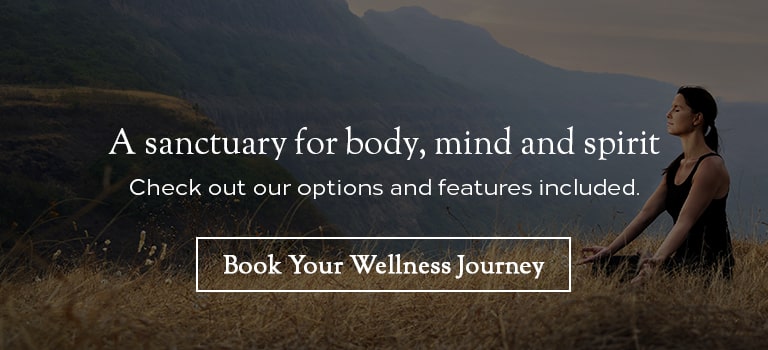Indigenous traditional medicine and healing techniques have persevered and evolved through generations and centuries. One such, originated in the Indian subcontinent more than 3000 years ago, is Ayurveda (Ayur – life, Veda – knowledge or science). It exemplifies the science of life, to experience and restore holistic wellness through the foundational principle of interlinking the universe and the individual – the body’s constitution (Prakriti) and life forces or energies (Doshas), inclusive of internal purification through organic nutritional diet, remedies and medication, massage therapy, yogic and meditation forms of lifestyle (Dinacharya).
Prevalent in the era of digitization, Ayurveda has made its mark in the 21st century. Time itself being a storyteller here.
Let’s have a glimpse at the journey of Ayurveda:
- During the Indus Valley civilization, a source of nutritional diet, traditional herbs, and medicines for early settlers and ancestors revolved around the principle of “you grow what you sow.” Respecting the seasonal fruits and vegetables being beneficial for your gut health and metabolism, medicinal plants and substances were also sown and grown, as agriculture was of core importance. They also laid emphasis on hygiene and water sanitization for utmost healthcare.
- Vedic texts drafted by migrant Aryan tribes are suggestive of the effectiveness of indigenous medicinal herbs, rituals, charms, mantras, and surgical intervention for treating physical and mental ailments that existed during that era.
- The Vedic Aryan influence eventually traveled the entire subcontinent. During the social and cultural exchange between diverse kingdoms and varied regions, awareness for health, wellness, and lifestyle increased, leading to the development and establishment of religions such as Buddhism and Jainism. As per the Buddhist and Jain texts, while these establishments were taking shape, their extensive time and belief sustained inquiry and experimentation across all fields of knowledge, majorly medicine and humanistic values for core holistic wellbeing.
- Healing practices were a pivotal part of the Buddhist monastic tradition and rituals, exemplifying the well-known fact that Buddha himself was known as a Healing Guru. Buddhist monks propagated Indian indigenous medical knowledge westward to Persia, China, Southeast Asia, and southern parts of the Indian subcontinent, such as Sri Lanka. Trade and exchange of traditional herbs and medicines, along with knowledge from practitioners from Persia and neighboring regions, traveled to the Indian subcontinent, influencing local healers and Ayurvedic practitioners.
- Other forms of traditional and indigenous medicine – Unani, Rasashastra, Siddha, and Sowa-Rigpa, from across the globe traveled to the Indian subcontinent to make extensive contributions and exchange indigenous elements of Ayurveda. This eventually resulted in their evolution, sustainability, and preservation within the native land of Ayurveda.
- In the Indo-Gangetic and lower Himalayan regions, tribal and wandering healers, learned physicians, austere traditions such as Buddhism and Jainism, and philosophical schools contributed to the development and establishment of the science of life – Ayurveda.
- These fundamental concepts and healing practices continued to be compiled in elaborated texts such as Caraka Samhita, Sushruta Samhita, Ashtangahrudayam, Ashtangasamgraha, Bhela Samhita, and Kashyapa Samhita. These texts include therapeutic principles, methods, and moral guidelines for medical practitioners and physicians during the early centuries of the Common Era (C.E.).
- Although during the colonial period, the traditional roots of Indian medicine – Ayurveda – suffered a decline as a secondary medical source while modern biomedicine earned the status of the primary source. Post-Independence, the Indian government ensured prime status and recognition for Ayurveda and other traditional forms of medicine that coexisted in contemporary India, such as Siddha and Unani. In 1964, a government body was established solely to set norms and regulations for the manufacture and control of traditional medicine preparations. The government created institutions such as AYUSH (Department of Ayurveda, Yoga and Naturopathy, Unani, Siddha, and Homeopathy) to support research and development of traditional medicine. Pharmaceutical companies and organizations dedicated their considerable efforts to sustaining and redeveloping Ayurveda alongside biomedical forms of education and research to ensure effective and progressive healing and cure.
Ayurveda has diffused and made remarkable contributions to different sectors and industries globally. It has ventured into pharmaceuticals, beauty, wellness, and hospitality – luxury, leisure, and wellness. As a conventional healer advocated globally, Ayurveda’s way of curating your routine lifestyle (Dinacharya) serves the whole purpose of spiritual healing and holistic wellbeing through traditional ways leading to self-immersion and detoxification to de-stress your mind, body, and spirit by devotees of New Age Culture.
Dharana Wellness Centre, a wellness retreat near Mumbai, focuses on holistic health, which includes physical, mental, and spiritual balance. One of the key ideologies of this eco wellness retreat lies in the holistic approach. As an Ayurvedic healing center in India, Dharana combines an integrative, modern approach for holistic health with modern diagnostics and traditional practices like Yoga and Ayurveda to ensure a sustainable wellness journey.






